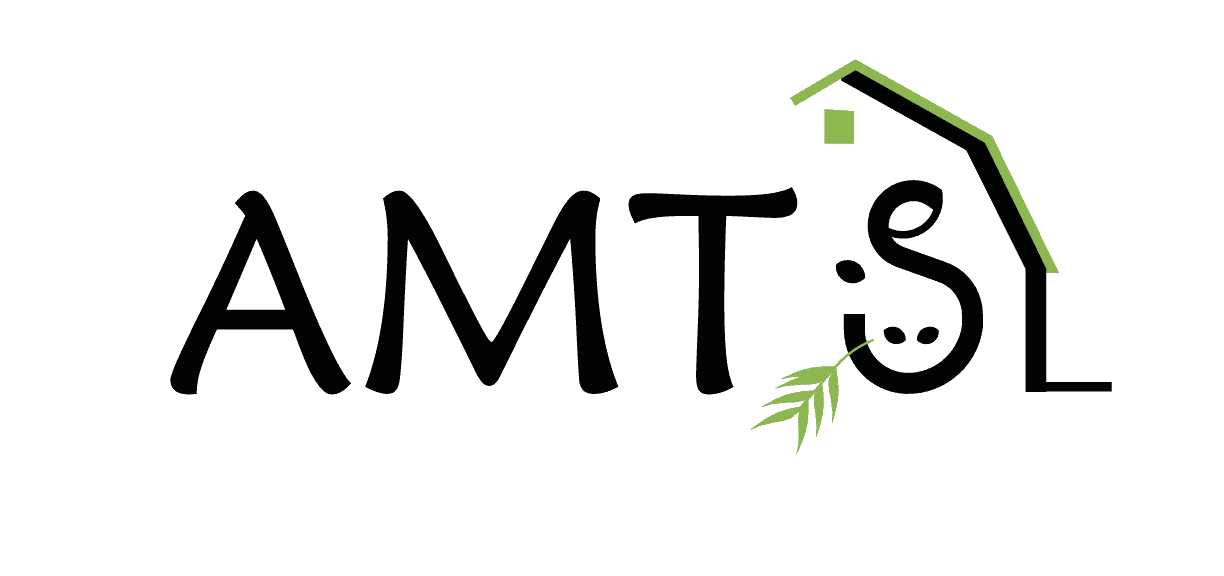
Feed analysis is an important tool for generating more precise predictions using the model. You can model and predict using library values but much more precise estimations of both economic outputs (milk and growth) and environmental outputs (excretions) are gained through sampling and analyzing on-farm feeds on a frequent basis. The more precise and particular the data in, the more accurate and useful the predictions out.
How often feeds are sent to labs for analysis is dependent on several factors. The type of feed being sampled is one. Silages should be tested on the farm for DM variations 3 to 4 times weekly, wet feeds should be tested weekly using any number of methods that are readily available by checking online. Some of the frequency of testing can be also affected by storage type and feed out rate. Beyond frequent monitoring of DM, NIRs are recommended to be performed based on the feed and the herd size. Work done at The Ohio State examines the relation between number of cows and optimal sampling days per month. This work is nicely summarized in a publication from the University of Wisconsin and was further recommended by Cliff Ocker at Cumberland Valley Analytical Services and Paul Sirois at Dairy One.
Optimal feed sampling for NIR is summarized in this chart based on work by Weiss and St-Pierre of The Ohio State University

Tom has delineated the need for analysis in the following table.
https://skydrive.live.com/redir?resid=FFBE54496839AB5F!118&authkey=!AOBRhkHysKNI8OU
Furthermore, Tom has determined that, given NIR cost of $19 and an Income over Feed Cost /100 cows of $7,442 USD a break even number of samples per week would be 7!
